


x
'B U I A 1:31'
2019
BUIA is a serial project. Every chapter has a different number and they follow a precise code that can indicate a date, a measure, a time, a length, a figure, a sum, a multiplication. Each chapter is different but always follows a continuous line. There are many sources that inspire us, innumerable stimuli that, living in a contemporary contaminated by an infinite number of inputs that go through us. So I wanted to call this project BUIA, alluding to the possibilities of this word and to the stimuli it can give us, without any meaning, positive nor negative, but simply as a basin of possibilities. If each step stimulates the next, so each chapter is consequent to the previous one, without a precise narration but only as an evident constant evolution of things. If the productions follow precise and methodical programmed codes, here everything is reversed and mixed to start again towards new horizons: the residual substance given by a precise planned intent, the work itself, can express itself better if is combined by its possible double, triple, quadruple copy.

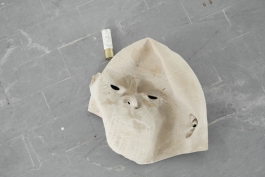
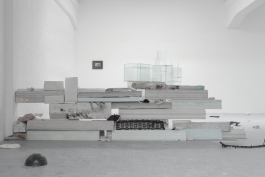
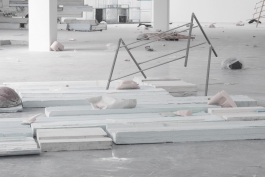
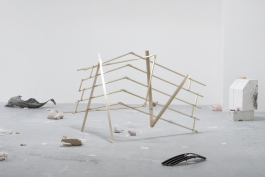


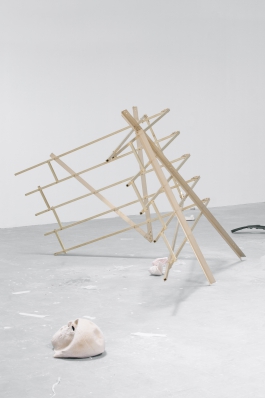


'B U I A 1:31'
2019
BUIA is a serial project. Every chapter has a different number and they follow a precise code that can indicate a date, a measure, a time, a length, a figure, a sum, a multiplication. Each chapter is different but always follows a continuous line. There are many sources that inspire us, innumerable stimuli that, living in a contemporary contaminated by an infinite number of inputs that go through us. So I wanted to call this project BUIA, alluding to the possibilities of this word and to the stimuli it can give us, without any meaning, positive nor negative, but simply as a basin of possibilities. If each step stimulates the next, so each chapter is consequent to the previous one, without a precise narration but only as an evident constant evolution of things. If the productions follow precise and methodical programmed codes, here everything is reversed and mixed to start again towards new horizons: the residual substance given by a precise planned intent, the work itself, can express itself better if is combined by its possible double, triple, quadruple copy.









